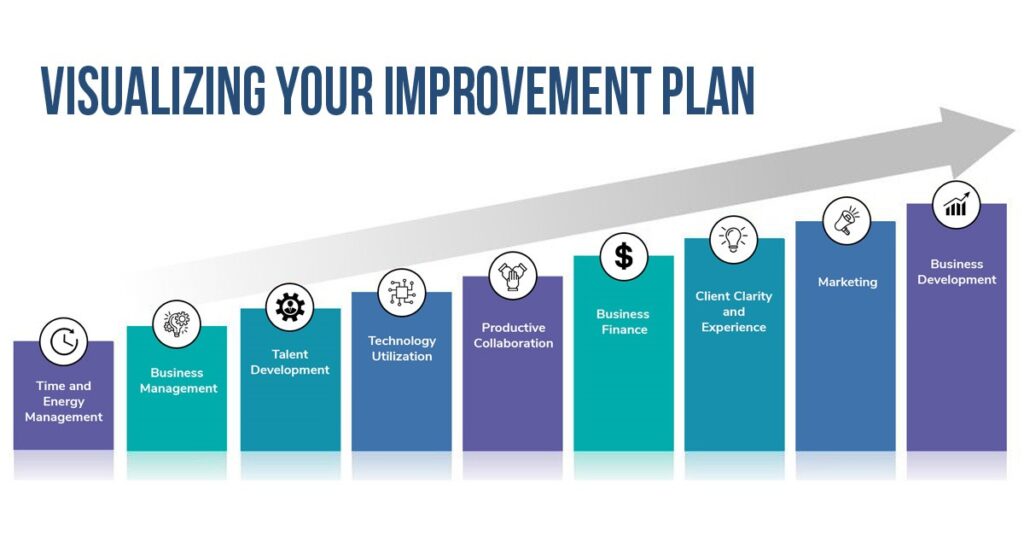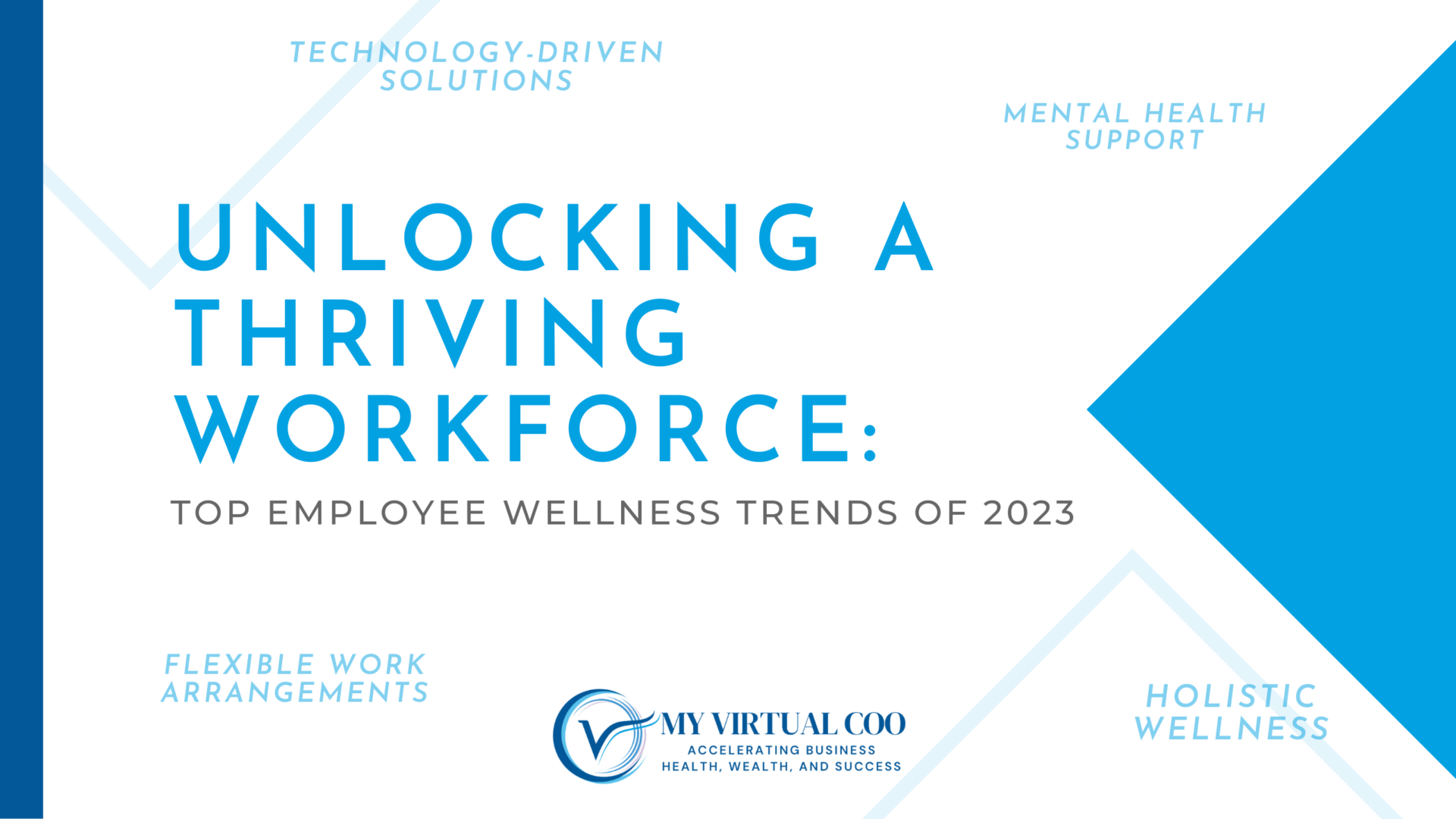Success rarely happens by chance. Whether you’re striving for a promotion, aiming to double your business revenue, or even trying to break a bad habit, it all starts with a plan. A well-structured Business Improvement Plan (BIP) does more than just set targets. It becomes your roadmap, helping you navigate challenges, prioritize what matters most, and turn vision into measurable results.
But here’s the truth: creating a plan is easy. Creating a useful one that actually helps you act instead of following random advice is where most businesses fall short.
In this article, we’ll explore the steps, ideas, and frameworks to build a business improvement plan that drives real change. Plus, we’ll back it all up with data, examples, and best practices to keep your plan grounded in reality.
Why a Business Improvement Plan Matters
Let’s be honest, running a business can feel overwhelming. Between market shifts, evolving customer expectations, and internal challenges, it’s easy to fall into reactive mode.
This is why a clear BIP matters so much. It gives your efforts direction, aligns your team, and turns goals into actionable projects.
Consider this: According to a Gallup study, organizations that implemented structured improvement plans saw a 30% boost in employee engagement and a 20% increase in productivity. In a world where businesses face rising costs and rapid digital change, these numbers can be game-changing.
A business improvement plan also helps you spot inefficiencies before they drain your resources. It’s about working smarter, not just harder.
CLICK HERE to listen to this article or scroll down to keep reading
Step 1: Understand Your Core Business Elements
Before jumping into action, you need to see the full picture. A strong BIP covers key business elements:
Time and Energy Management
Time is the one thing you can’t buy back. Managing it wisely allows you to focus on what truly matters. Prioritize activities that drive value, cut unnecessary meetings, and use tools that help track how your time is spent.
Business Management
Effective management isn’t about doing more; it’s about doing what matters most. Use clear processes and frameworks to guide decisions and keep your team aligned with your goals.
Talent Development
Invest in your people. Training, coaching, and career development not only improve performance but also increase retention. A motivated team becomes your biggest asset.
Technology Utilization
Today, being competitive means embracing technology. Automation tools, analytics dashboards, and collaboration software can dramatically improve efficiency and decision-making.
Productive Collaboration
Encourage teams to share ideas and work together. Collaboration promotes a positive culture and often sparks creative solutions to complex problems.
Business Finance
A solid financial strategy balances day-to-day needs with long-term growth. Track spending, identify waste, and reinvest wisely.
Client Clarity and Experience
Customer loyalty comes from clarity and simplicity. Research shows 94% of customers who experience low-effort interactions are more likely to return.
Marketing
Marketing turns your product or service into revenue. Build a clear message, choose the right channels, and continuously test what resonates with your audience.
Business Development
This is your growth engine, connecting with new markets, building partnerships, and turning satisfied customers into brand advocates.
By understanding and improving these areas, your BIP becomes more than just a document. It becomes your competitive edge.
Step 2: Ask “What Can I IDEOS™ to Improve?”
One practical tool to spark improvement is the IDEOS™ mantra. It helps you look at each area and ask: “What can I IDEOS™ to make this better?”

Through brainstorming sessions, you’ll identify where time, money, or energy is wasted. From there, your team can develop creative solutions to remove these bottlenecks.
This mindset doesn’t just fix problems, it builds a culture where everyone looks for ways to improve. Over time, this can transform how your entire organization thinks and operates.
Step 3: Document the “What” and “Why”
Ideas only matter if they’re acted on. Too often, great ideas are lost in the rush of daily work.
A simple but powerful practice: write them down. Use an online whiteboard, shared document, or dedicated notebook to capture each idea. Note what the idea is (“What”) and why it matters (“Why”).
Group these ideas under the “3 Ps and a G”:
- People – initiatives that support your team
- Productivity – actions that streamline processes
- Profitability – projects that boost financial outcomes
- Growth – strategies to expand reach or capability
This makes your plan concrete, shareable, and actionable.
Step 4: Prioritize and Assign Ownership
Not every idea can be tackled at once. Use criteria like potential impact, ease of implementation, and alignment with business goals to rank them.
Once prioritized, assign a leader or team to each idea. Clear ownership ensures accountability. Ask them to track progress, share feedback, and suggest adjustments as needed.
This step turns your plan from a list of ideas into a living project roadmap.
Step 5: Go for It!
Plans only matter if you act on them. Start implementing, measure results, and adjust as you learn.
Remember, perfection isn’t the goal; progress is. Even small improvements compound over time, and what you learn today can guide better decisions tomorrow.
Putting It All Together: Why This Matters
Building a business improvement plan isn’t about creating paperwork. It’s about creating clarity, alignment, and momentum.
Done right, a BIP:
- Aligns teams around shared goals
- Helps identify and remove barriers
- Encourages innovation and accountability
- Makes progress measurable and visible
It also builds trust with your team, customers, and partners, because it shows you’re serious about continuous improvement.
FAQs
What’s the difference between a Business Improvement Plan and a Performance Improvement Plan?
A Business Improvement Plan focuses on improving processes and strategy at the organizational level. A Performance Improvement Plan usually addresses an individual’s job performance.
Do small businesses need a BIP?
Absolutely. Even a simple plan helps small teams stay focused and prioritize what makes the most impact.
How often should I update my BIP?
At least annually, but ideally review quarterly to keep it relevant.
Conclusion
A Business Improvement Plan isn’t just a document. It’s a mindset, a commitment to continually find better ways to work, serve customers, and grow sustainably.
Whether your business is large or small, taking the time to map where you are and where you want to go can transform your results. And by following a clear, documented, and people-centered approach, you’ll move beyond theory into real, measurable progress.
Start today: gather your team, identify key areas to improve, and take your first steps toward building a stronger, more resilient business.
So, if you find yourself needing assistance, talk with us about our Services or go to our DIY Lessons and Templates.








